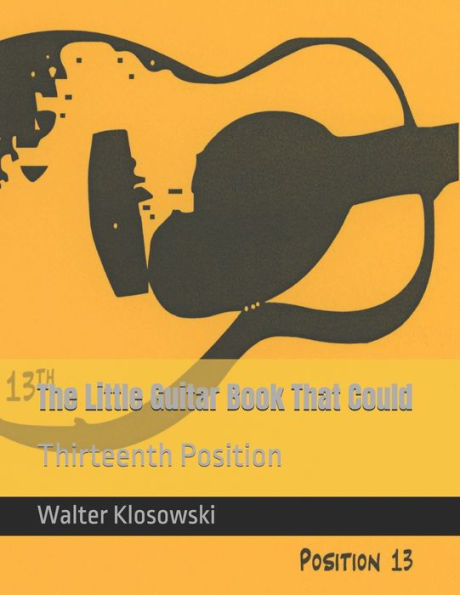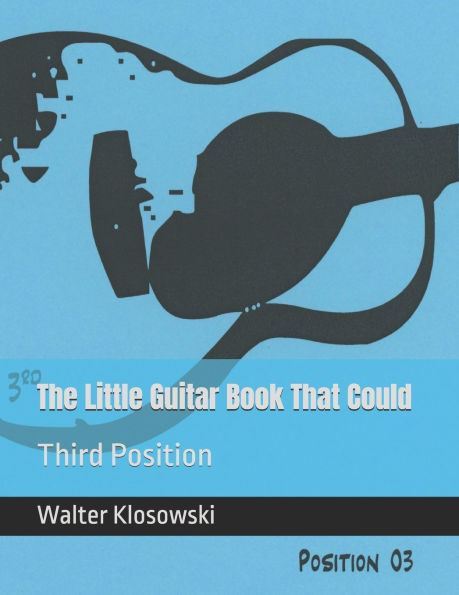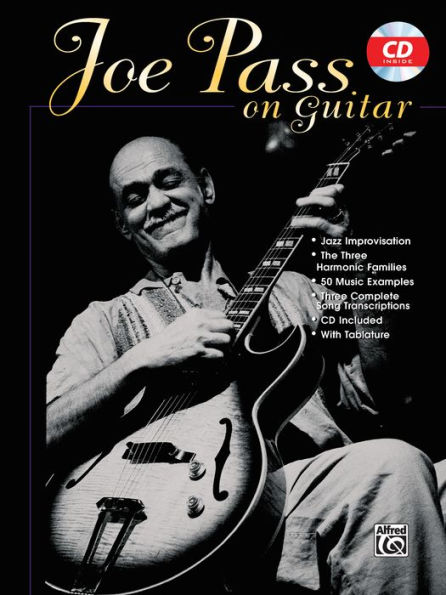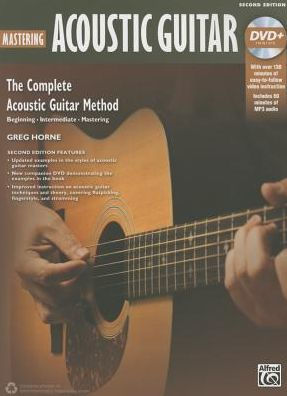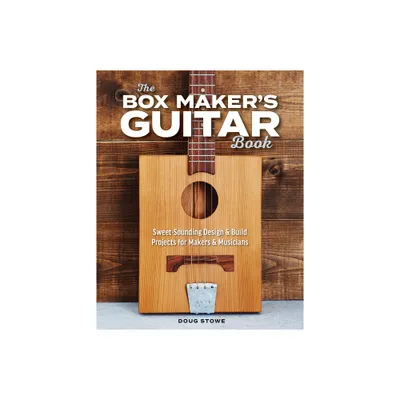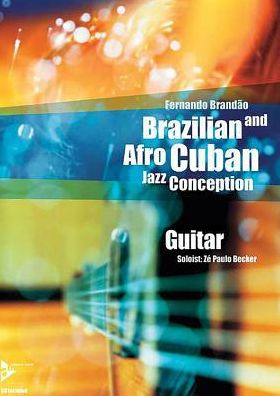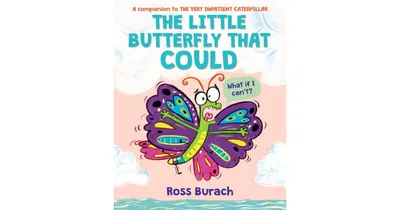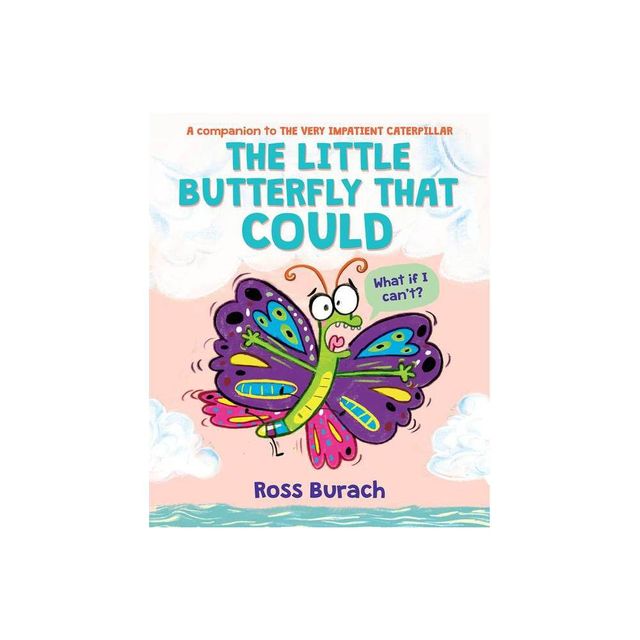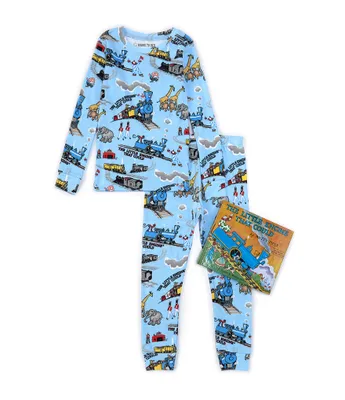Home
The Little Guitar Book That Could: Twelfth Position
Loading Inventory...
Barnes and Noble
The Little Guitar Book That Could: Twelfth Position
Current price: $14.95
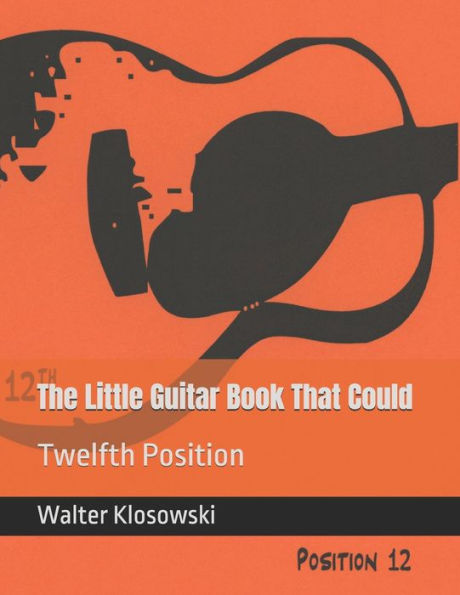

Barnes and Noble
The Little Guitar Book That Could: Twelfth Position
Current price: $14.95
Loading Inventory...
Size: OS
*Product Information may vary - to confirm product availability, pricing, and additional information please contact Barnes and Noble
This LITTLE GUITAR BOOK THAT COULD showcases the ever prevalent C A G E D guitar chord and scale sequence exclusively in the TWELFTH POSITION, for all to see, use and reference. The book incorporates four different chord types, the augmented, major, minor and diminished, along with four different scale types, the descending melodic minor, harmonic minor, melodic ascending minor and major. The pentatonic minor scale is placed below the usual descending melodic minor example in this book, and all modes are considered to be derived from the major scale. But, before thumbing through this book, there's some musical practicalities that the guitarist may need reminding of...even though he or she may have played for years. For example, in this book, six is the exact number of consecutive frets involved in the TWELFTH POSITION, and it spans a full two octaves plus a perfect fourth so long as the guitar remains in standard tuning. Plus when in the TWELFTH POSITION, the second and third fingers on the fretting hand are to remain stationary in their respective frets or "slots", initially, as their stationary qualities allow the first and or fourth finger to stretch or slide to their notes found in the outer frets. For the picking hand though, a very important plucking pattern occurs down by the sound hole or bridge where that hand happens to reside most of the time. The pattern is best evidenced when the C A G E D main root note sequence is plucked alphabetically, starting with the G root on the first or thinnest guitar string. To play it, start by picking the G there found on the thinnest string (first string, fourth finger); then move to A (third string, third finger); then C (second string, second finger); D (second string, fourth finger); E (fourth string, third finger) and conclude with the low G on the thickest string (sixth string, fourth finger). The one-three-two-two-four-six string pattern naturally fits the picking hand and is looped, forwards or backwards (six-four-two-two-three-one) as the G roots on the first / third / sixth string(s) are deemed interchangeable. There are three musical terms that need clarification for the purposes of THE LITTLE GUITAR BOOK THAT COULD...those being main root notes, octaves and unisons. What are main root notes? Generally speaking, main root notes represent a specific set of root notes that fall or cluster beneath the second and third fingers of the fretting hand. Once the location of each main root note is learned in the TWELFTH POSITION, the attention then moves to their octaves. An octave is defined as the interval between one musical pitch and another, with half or double its own frequency. Some correctly call the interval a perfect octave, and in guitarland, octaves are usually "one string one fret away". This handy fact helps memorize their location even though, occasionally, two strings and or two frets are involved (the same concept applies in that there will be some sort of string skipping). And lastly, unisons are defined as when two or more notes in music happen to sound the same pitch. In guitarland, it usually means "same note different string or fret". The term also implies that the unison occurs in the guitar position at hand. That's it! This LITTLE GUITAR BOOK THAT COULD for the TWELFTH POSITION is uncomplicated, straightforward and super easy to use. Its picture worth a thousand words visual based format allows one to take full musical advantage of the guitar fretboard material straight away. You'll have fun discovering some fresh perspectives on the same old same old, while also adding some new twists and turns to your own technique. THE LITTLE GUITAR BOOK THAT COULD for the TWELFTH POSITION also functions as a guitar journal of sorts, it containing generous amounts of manuscript and tablature paper too. Last, thank you very kindly for welcoming THE LITTLE GUITAR BOOK THAT COULD into your library of fretboard knowledge needs...I appreciate you...En
